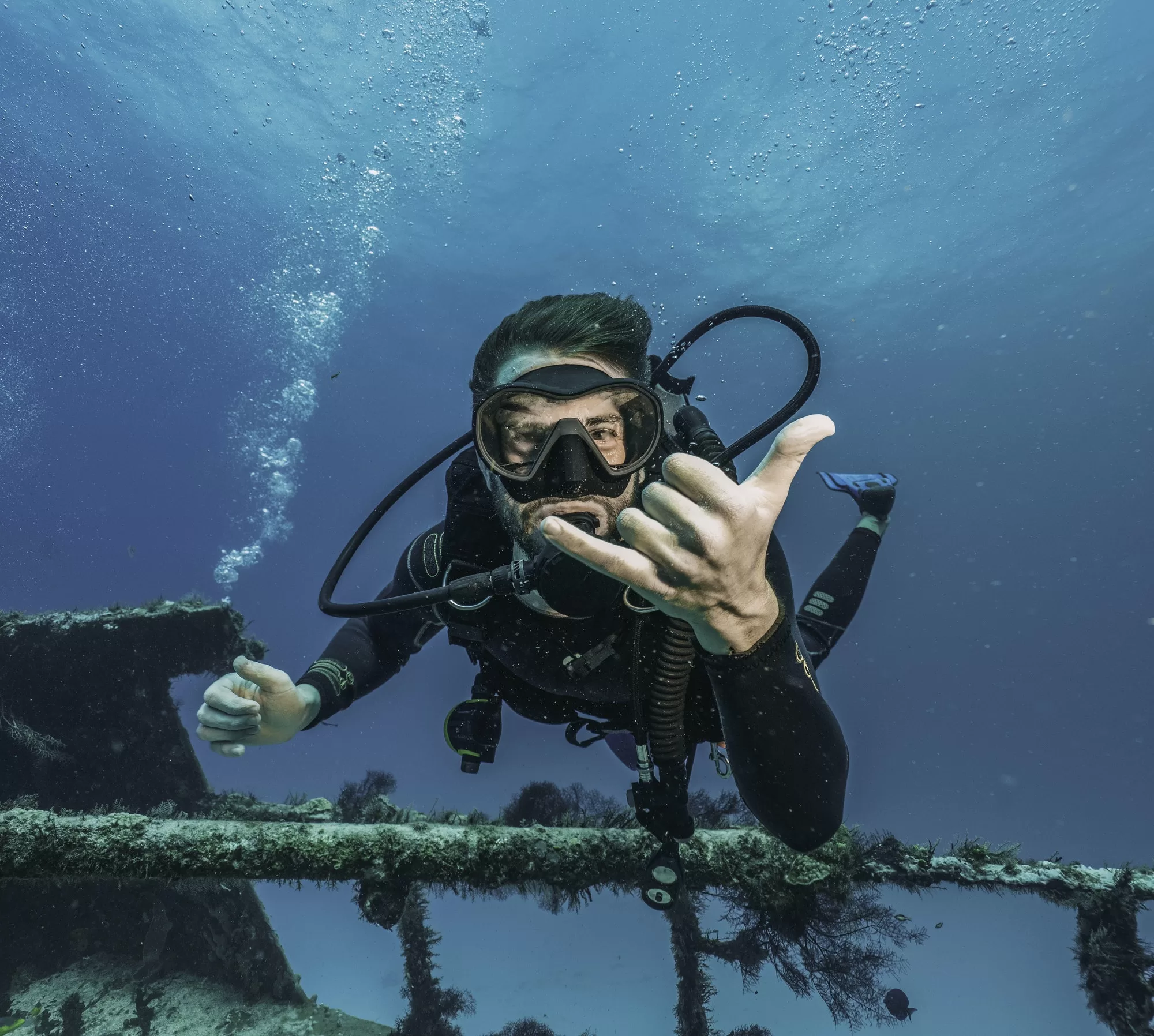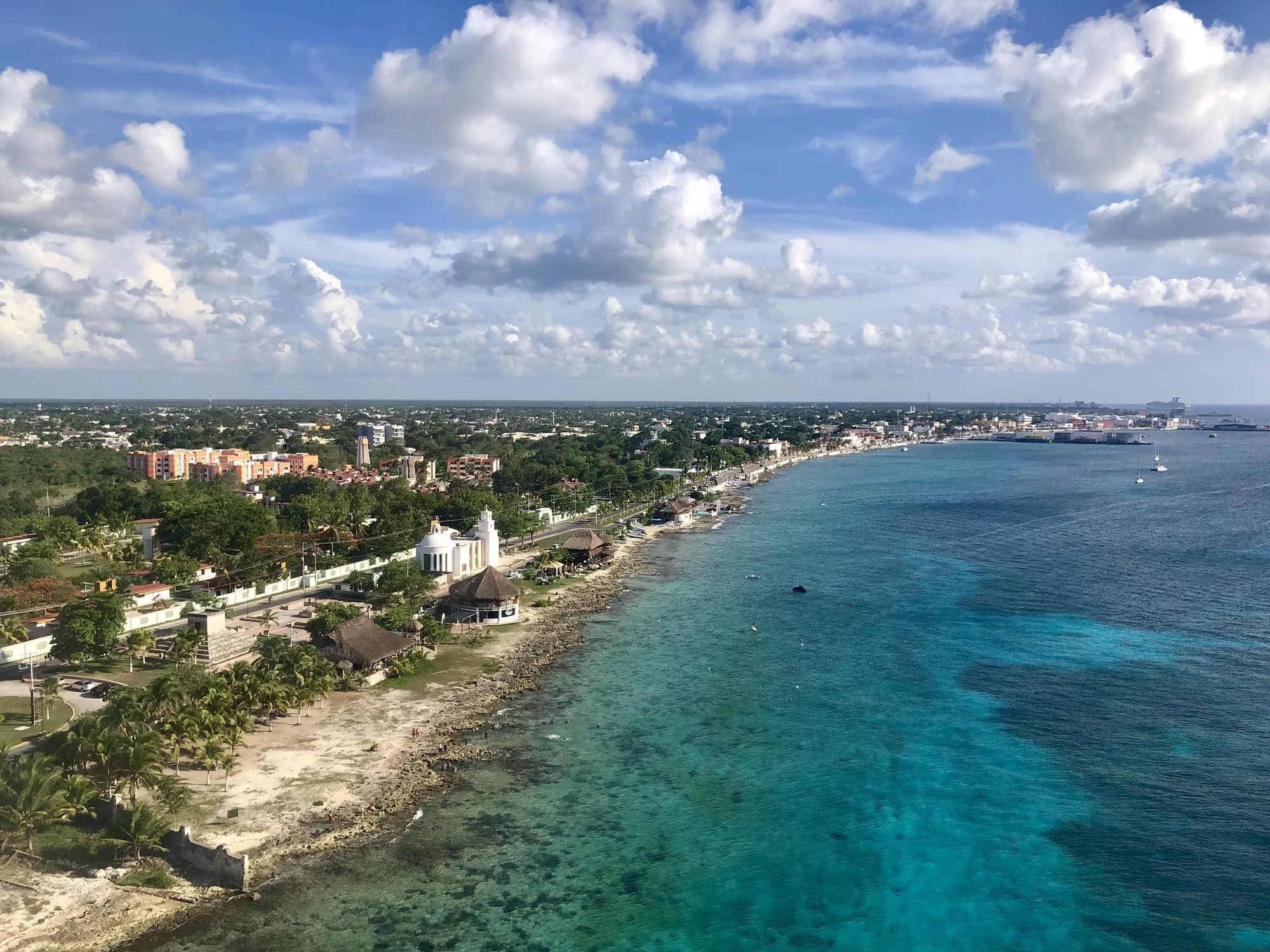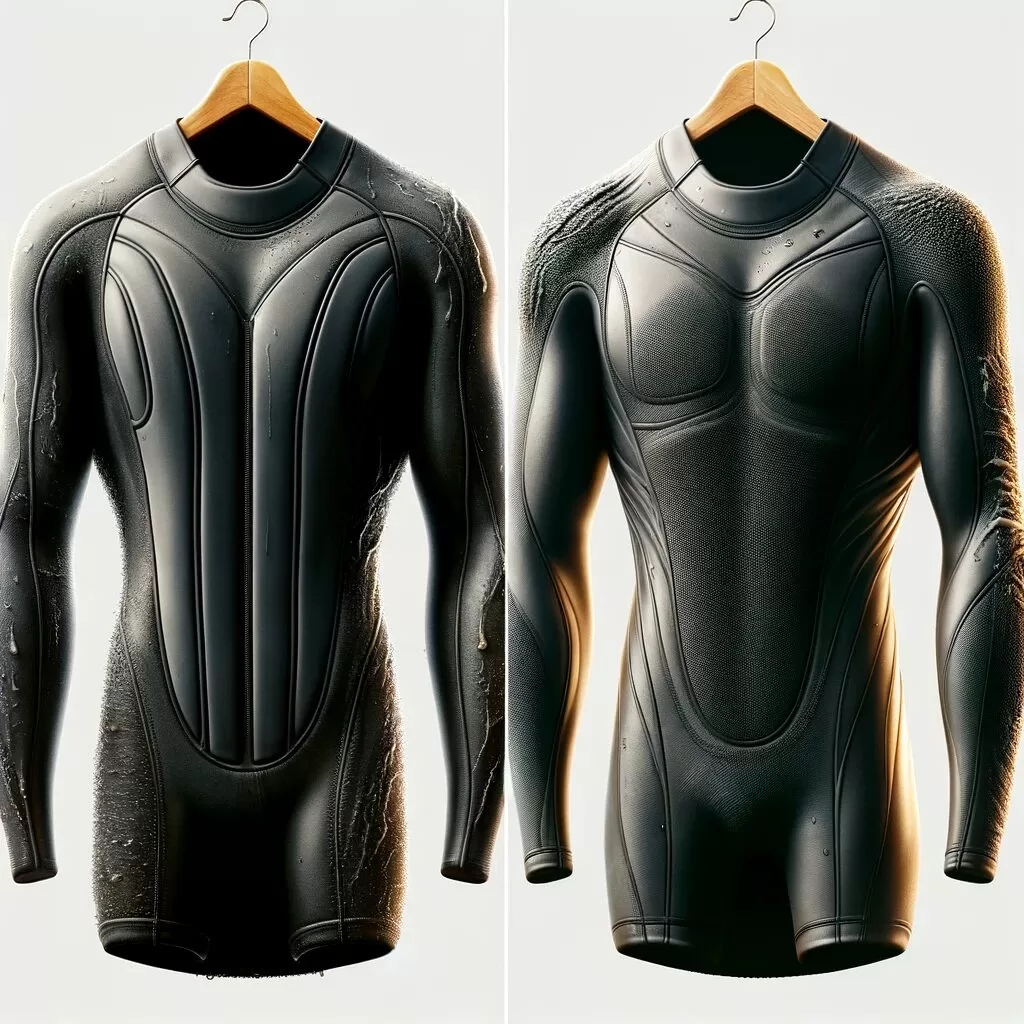Introduction
Welcome fellow ocean enthusiasts and aspiring divers! If you’re like me, nothing beats the thrill of exploring the underwater world. But before you can dive into the deep blue, there’s one crucial step: getting certified. Today, we’re diving into the world of scuba diving certifications – a gateway to underwater adventures.
Scuba diving certifications are your ticket to the underwater realm. They ensure you have the necessary skills and knowledge to dive safely and responsibly. With numerous certification agencies out there, choosing the right one can feel like navigating through a kelp forest. The two giants in the industry are SSI (Scuba Schools International) and PADI (Professional Association of Diving Instructors). Both offer a passport to the underwater world, but they have their unique flavors. So, grab your fins, and let’s plunge into the depths of these two leading scuba diving certification bodies.
What is SSI (Scuba Schools International)?
Picture this: It’s 1970, and scuba diving is rapidly gaining popularity. Amidst this burgeoning interest, SSI emerges as a beacon for diving enthusiasts. Founded in the USA, Scuba Schools International has since spread its fins globally, with a presence in over 110 countries. SSI is not just a certification agency; it’s a community of passionate divers and instructors dedicated to teaching safe and enjoyable diving.
SSI offers a range of certification courses, from the beginner-level Open Water Diver to the more advanced levels like Dive Guide and Instructor Trainer. Their approach is flexible, focusing on practical skills and ensuring that you learn at your own pace. They use digital learning materials, making it convenient to start your dive education from the comfort of your home or on the go. Whether you’re dreaming of exploring coral reefs or venturing into the world of technical diving, SSI has a course tailored for your aquatic aspirations.
What is PADI (Professional Association of Diving Instructors)?
Now, let’s surface and take a breath with PADI. Established in 1966 by two passionate divers, John Cronin and Ralph Erickson, PADI has grown into the world’s leading scuba diving training organization. With a motto of “The Way the World Learns to Dive,” PADI has certified millions of divers, contributing significantly to the sport’s growth.
PADI’s certification ladder starts with the introductory Scuba Diver course, leading up to the prestigious Course Director rating. They emphasize a student-centered approach, offering both in-person and eLearning options. PADI’s courses are renowned for their structured and comprehensive nature, ensuring divers are well-equipped with both theoretical knowledge and practical skills. Whether it’s the allure of night diving, the fascination with underwater photography, or the challenge of deep diving, PADI offers specialized courses to quench your diving thirst.
Both SSI and PADI are titans in the diving world, each with their unique approach to teaching and diving philosophy. As a travel blogger and avid diver, I’ve experienced the offerings of both these organizations and can’t wait to share more insights with you. So, stay tuned as we dive deeper into comparing these two diving certification giants. Remember, the ocean is calling, and with the right certification, you’re just a dive away from answering that call!
Key Differences Between SSI and PADI:
When it comes to choosing between SSI and PADI, it’s like deciding between two great dive spots – each has its unique characteristics. Let’s dive into their key differences.
- Teaching Methodologies and Materials:
- SSI prides itself on its flexible teaching approach. It emphasizes a ‘Diver Diamond’ methodology focusing on knowledge, skills, equipment, and experience. SSI allows for more adaptability in the order of teaching, giving instructors the freedom to adjust based on students’ needs.
- PADI, on the other hand, follows a more structured, consistent approach worldwide. Their courses are highly standardized, ensuring the same PADI experience whether you’re diving in the balmy waters of Bali or the chilly depths of the North Sea. PADI’s teaching materials are comprehensive, detailed, and available in multiple languages.
- Flexibility in Course Structure and Duration:
- SSI offers a bit more flexibility in course structure. For instance, SSI’s Open Water Diver course can be tailored to the student’s pace, making it a hit for those who prefer a more relaxed learning schedule.
- PADI courses are known for their clear, step-by-step progression, which is great for learners who thrive under a structured regimen. Their course timelines are generally more defined, providing a consistent learning path.
- Recognition and Acceptance Worldwide:
- Both SSI and PADI are globally recognized and respected. You’ll find dive centers and resorts worldwide accepting and offering courses from both agencies.
- However, PADI has a slightly wider recognition, partly due to its longer presence in the industry. This means no matter where your travels take you, you’re likely to find a PADI dive center.
Comparing Costs and Accessibility:
- Cost Structures for SSI and PADI Courses:
- The cost of getting certified with either SSI or PADI can vary depending on the location and dive center. Generally, PADI’s courses can be a bit more expensive due to additional materials and branding.
- SSI often offers more competitive pricing, partly because they allow access to digital learning materials at no extra cost. This can be a cost-effective option for budget-conscious divers.
- Availability of Courses Globally:
- PADI boasts a more extensive network of affiliated dive shops and resorts, making their courses widely available globally. This is a boon for travelers who want the assurance of finding PADI courses wherever they go.
- SSI also has a significant global presence, though slightly less pervasive than PADI. However, they are rapidly expanding, and you’re likely to find SSI courses in most major diving destinations.
Quality and Safety Standards:
Safety is paramount in diving, and both SSI and PADI take it very seriously.
- Safety Protocols and Standards:
- Both organizations adhere to stringent safety protocols and regularly update their course materials to reflect the latest safety standards and practices in the diving industry.
- They also both require a medical questionnaire to be completed before training, ensuring divers are fit for the underwater challenges.
- Instructor Qualifications and Training Methods:
- SSI and PADI instructors undergo rigorous training and certifications. They must meet high standards of diving skills and instructional expertise before they can teach.
- PADI instructors are trained to follow a specific teaching curriculum, ensuring consistency in the delivery of courses worldwide.
- SSI allows their instructors more flexibility to adapt teaching methods to suit students’ learning styles and pace, which can be advantageous for personalized learning experiences.
Whether you choose SSI or PADI, you’re in for a safe, professional, and exhilarating journey into the underwater world. Both offer top-notch education and will equip you with the skills and confidence to explore the ocean’s wonders. Happy bubbles!
Recognitions and Affiliations:
Dive into the world of recognitions and affiliations, where SSI and PADI stand as celebrated entities in the diving community.
- Industry Recognitions for Both SSI and PADI:
- PADI is highly regarded for its pioneering role in the diving industry. With its comprehensive, well-structured training programs, PADI has set a benchmark in diving education, earning recognition from various diving authorities and bodies globally.
- SSI, too, is a respected name in the diving world. Its commitment to quality education and flexible teaching methods has garnered accolades and recognition from international diving organizations and marine conservation bodies.
- Partnerships and Affiliations with Diving Organizations:
- PADI’s collaborations extend beyond diving schools; they partner with marine conservation organizations, like Project AWARE, to promote ocean conservation and environmental awareness among divers.
- SSI also boasts a range of affiliations, including with environmental groups and diving equipment manufacturers, further enriching their training programs with diverse expertise and resources.
Personalizing Your Learning: SSI vs PADI:
Each diver’s journey is unique, and personalizing your learning is key to a fulfilling dive experience.
- Catering to Different Learning Styles:
- SSI shines with its flexible approach, ideal for those who prefer a more tailored learning experience. Their methodology allows instructors to adapt to individual learning styles, making it a great choice for divers who value a personalized touch.
- PADI, with its structured and consistent teaching methodology, is perfect for learners who thrive on clear, sequential learning paths. Their well-defined course structure provides a sense of stability and uniformity that many divers appreciate.
- Options for Specialization and Advanced Courses:
- SSI offers a variety of specialty courses, allowing divers to explore interests like wreck diving, night diving, or underwater photography. Their advanced courses also pave the way for professional diving careers.
- PADI’s specialty courses are equally diverse, with options for deep diving, cave diving, and more. Their advanced courses are globally recognized, offering pathways to becoming dive masters and instructors.
Choosing the Right Certification for Your Diving Goals:
Selecting the right certification is like choosing the right dive gear – it’s essential for your diving journey.
- Factors to Consider Based on Your Diving Aspirations:
- Consider your learning style: Do you prefer a structured or a flexible learning approach?
- Think about your diving goals: Are you diving for leisure, or do you aim to become a professional diver?
- Look into the course availability and dive center locations, especially if you plan to travel and dive in different parts of the world.
- Personal Experiences and Testimonials from Certified Divers:
- I’ve met many divers certified by both SSI and PADI, each with their own stories of underwater exploration and learning. One common thread in their experiences is the emphasis on safety and passion for diving shared by both organizations.
- A PADI-certified diver once shared with me how the structured courses gave them confidence and a clear understanding of each step in their diving journey.
- An SSI diver mentioned the flexibility and personal attention they received during their training, which helped them overcome initial anxieties and become a confident diver.
In conclusion, whether you choose SSI or PADI, remember that the ultimate goal is to safely and responsibly enjoy the mesmerizing world beneath the waves. Your certification is your passport to countless adventures and the beginning of a lifelong love affair with the ocean. Dive in, the water’s great!
FAQ: SSI vs PADI Scuba Diving Certifications
Q: What are the main differences between SSI and PADI? A: The main differences lie in their teaching methodologies and course structures. PADI offers a more standardized, consistent approach across its courses, while SSI provides more flexibility, allowing instructors to adapt to students’ learning styles. PADI is slightly more recognized globally, but both are widely accepted.
Q: Is one certification more globally recognized than the other? A: Both SSI and PADI are globally recognized and respected. PADI might have a slight edge in global recognition due to its longer history and larger network, but you’ll find that both certifications are accepted at diving centers worldwide.
Q: Can I switch between SSI and PADI during my training? A: Yes, it’s possible to switch between SSI and PADI. Both organizations recognize each other’s certifications, allowing divers to continue their education with either agency. For example, you can start with an SSI Open Water Diver course and later pursue a PADI Advanced Open Water Diver course.
Q: Are the safety standards different between SSI and PADI? A: Both SSI and PADI adhere to high safety standards, which are regularly updated to reflect the latest safety practices in the diving industry. The safety protocols and training methods of both agencies are well-regarded and closely aligned with international diving safety standards.
Q: Which certification should I choose if I want a more personalized learning experience? A: If you prefer a more personalized and flexible learning experience, SSI might be more suitable. SSI instructors have more leeway to adapt the course structure and pace to fit individual learning styles and needs.
Q: How do the costs of SSI and PADI certifications compare? A: The cost can vary depending on the dive center and location, but generally, SSI courses can be slightly more budget-friendly, partly due to their inclusive digital learning materials. PADI courses might be a bit more expensive, reflecting their standardized materials and global branding.
Q: Can I pursue professional diving careers with both SSI and PADI? A: Absolutely! Both SSI and PADI offer professional level courses, including Dive Master and Dive Instructor certifications. These courses are designed to equip you with the skills and knowledge required for a career in diving.
Q: What types of specialized courses do SSI and PADI offer? A: Both organizations offer a range of specialty courses, such as deep diving, wreck diving, night diving, and underwater photography. These courses allow you to explore specific diving interests and further develop your skills.
Q: Is there an advantage to choosing the certification more popular in my region? A: While both certifications are globally recognized, choosing the more popular certification in your region can be advantageous in terms of finding more course options, dive buddies, and local dive communities familiar with your certification background.
Q: Are there any online learning options for SSI and PADI courses? A: Yes, both SSI and PADI offer online learning options. PADI’s eLearning and SSI’s digital learning materials allow you to complete the theoretical part of your course remotely before the practical dive training.
Remember, whether you choose SSI or PADI, the most important thing is to enjoy your diving journey safely and responsibly. Each certification opens up a world of underwater adventure and learning!




